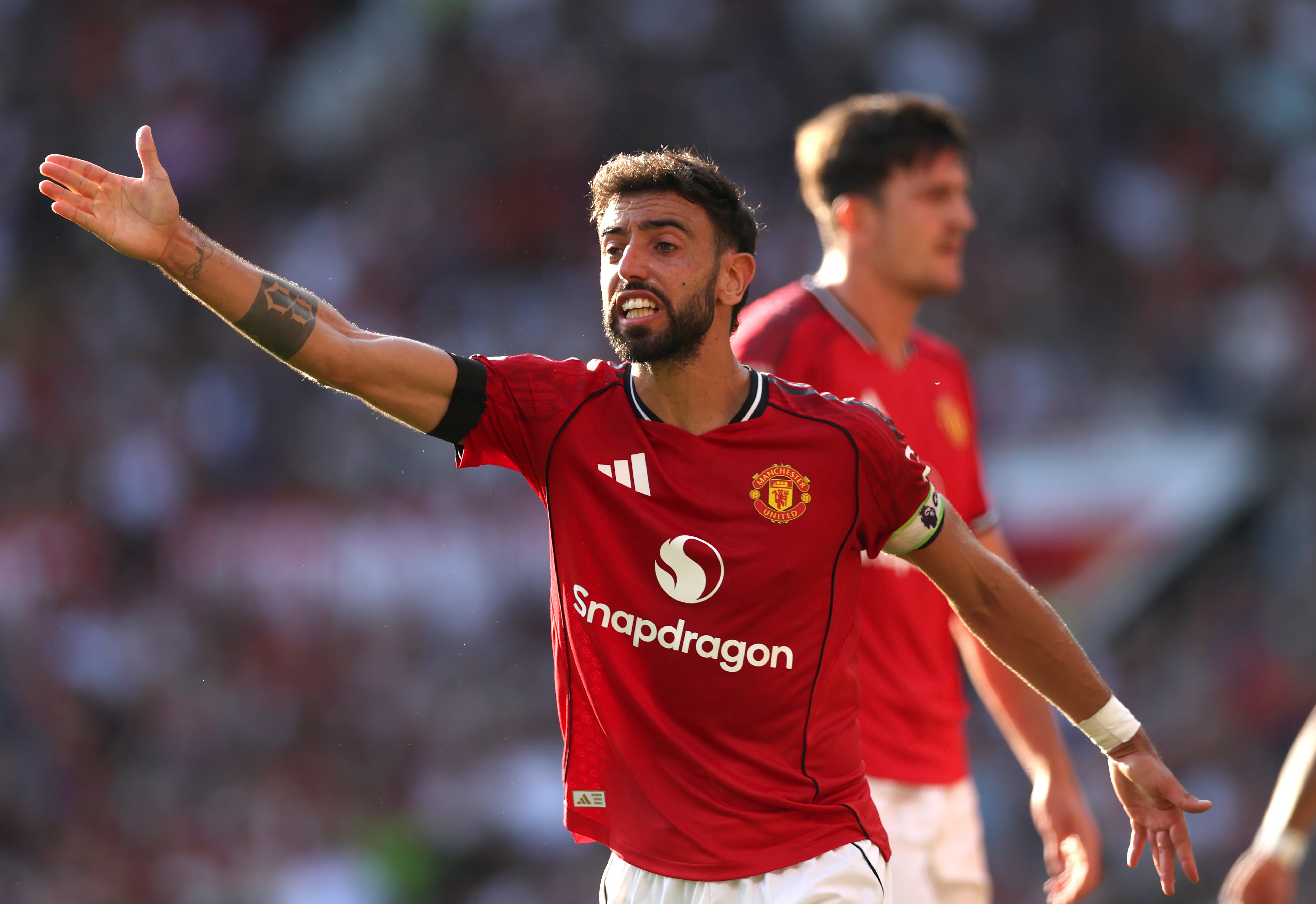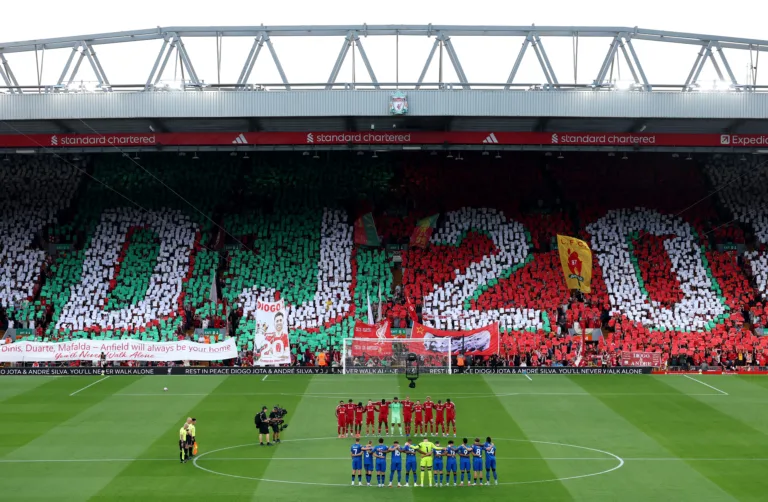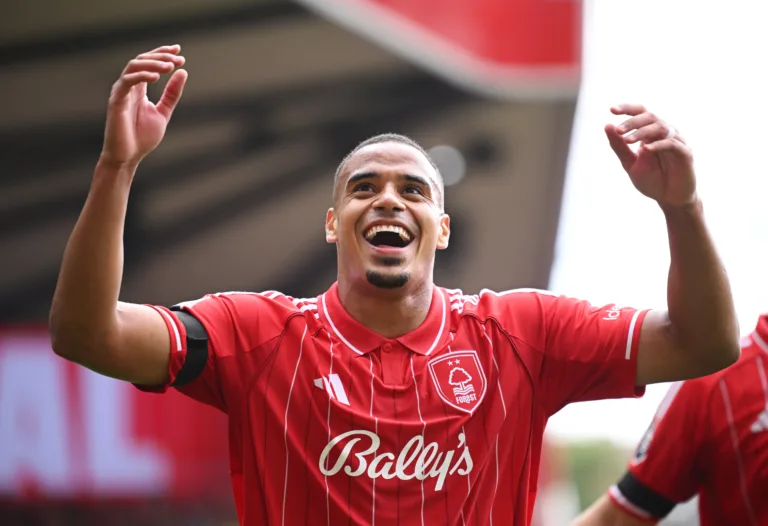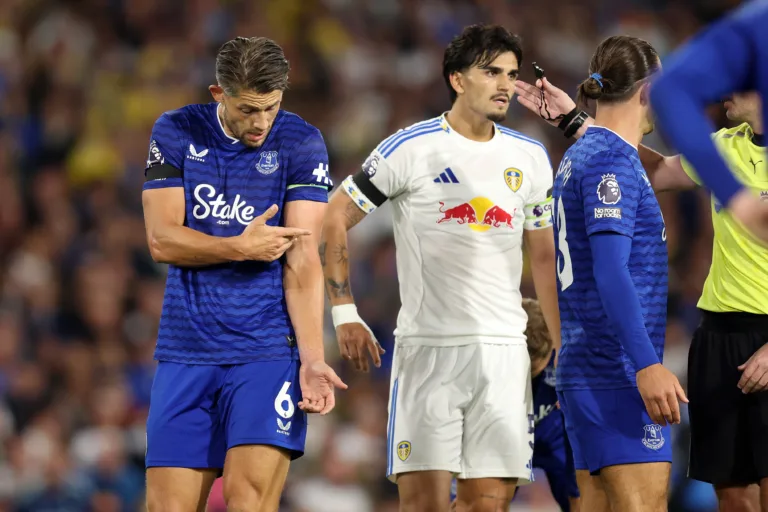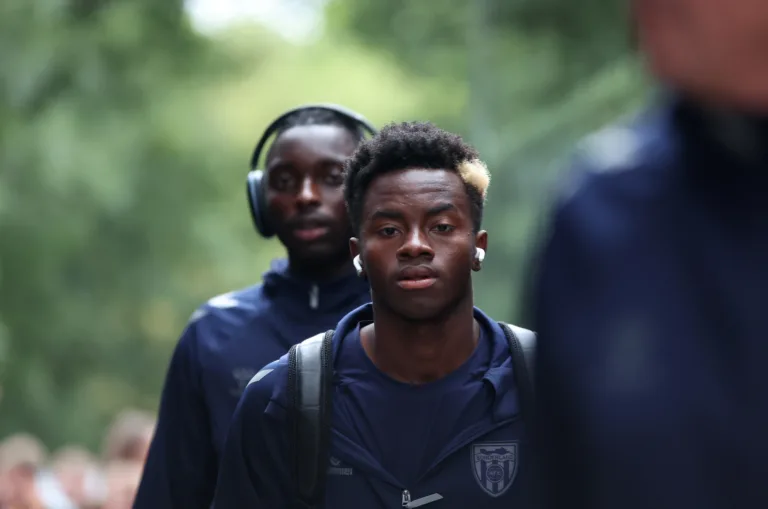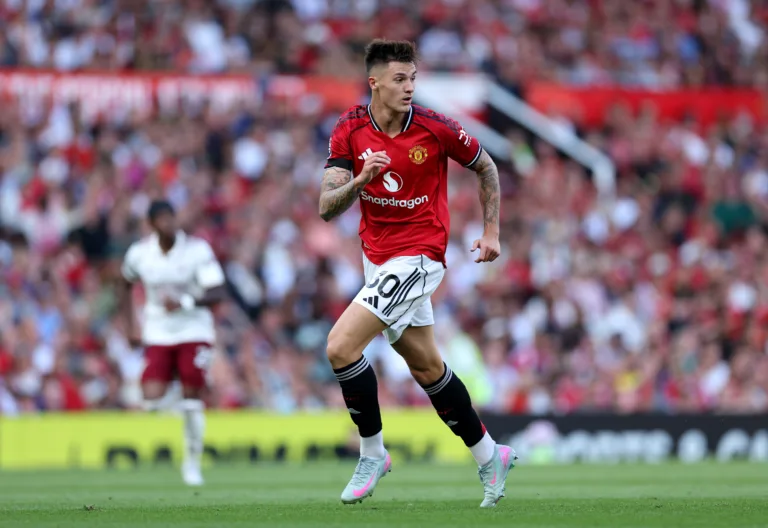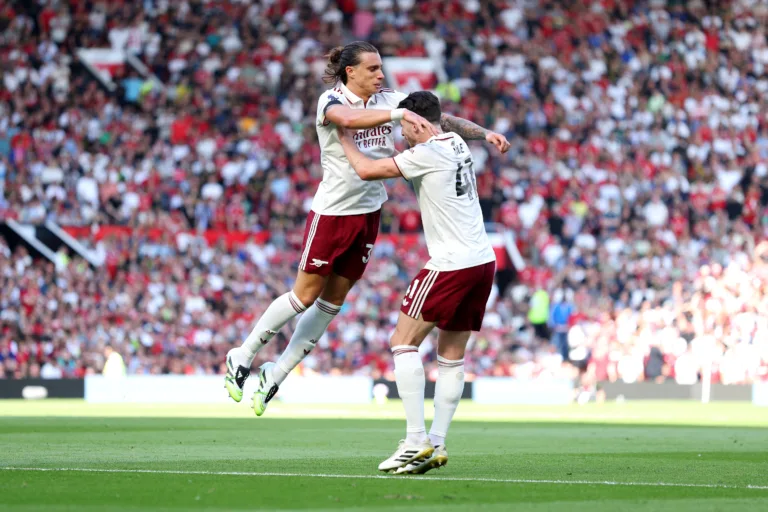Manchester United’s Signs Of Revival Fill Fans With Optimism Before Crucial Clash With Fulham.
A brand new season of Premier League drama is well and truly underway. The dreams of a title, the hopes of survival, and the insatiable desire to reclaim the long-lost glories of the past once again imbue the narratives surrounding the league and its famous clubs.
One such club, a fallen giant that aims to rise to the glories of the past and, in the process, right the wrongs of last season, is Manchester United.
A Catastrophic Campaign
The Red Devils endured a catastrophic campaign in the Premier League last season. A fifteenth-place league finish for Manchester United was a grim indication of how far the Club has fallen behind its once-competitors, who once again would be hoping to mount a title claim this season.
On the opening Sunday of the 2025/26 league campaign, United squared off against one such familiar foe in Arsenal. The Gunners, buoyed by their shrewd activity in the transfer window, visited Old Trafford with the expectation of taking all three points. Mikel Arteta’s men did leave Old Trafford with the three points; however, these were perhaps the hardest three points Arteta has had to collect at Old Trafford in a long time.
How Did Manchester United Manage To Manipulate The Arsenal Press?
Although Manchester United suffered a 0-1 loss to Arsenal, the performance from Ruben Amorim’s men gives hope to the Manchester United faithful. There were many positives and encouraging signs in United’s display against a formidable Arsenal side, which should give hope and optimism to Manchester United fans before the crunch clash at Craven Cottage.
A key takeaway from Manchester United’s performance against Arsenal, especially in the first half, was their ability to continuously play out from the back or build up despite Arsenal’s high press. Surprisingly, Ruben Amorim’s much-maligned inverted centre-back build-up structure worked brilliantly against Arsenal, a team that is regarded as one of the best out-of-possession sides in the game.
The pertinent question that arises is how United, a team that constantly struggled to build from the back last season, managed to do so against the mighty Arsenal?
Two factors were responsible for this sequence playing out: (a) Flaws in the Arsenal pressing structure and (b) improved understanding and execution of the build-up patterns from the United players. It is uncharacteristic of Arsenal to have flaws in the pressing structure; however, their display at Old Trafford was marred by such issues.
Early on in the match, Gabriel Martinelli was tasked with pressing United’s right centre-back, Leny Yoro, while Bukayo Saka was given the responsibility to press the United left centre-back, Luke Shaw. Martinelli pressing Yoro allowed Diogo Dalot to be the spare man, as the Arsenal left-back Riccardo Calafiori was reluctant to push up to press Dalot because of the threat posed by United’s right No. 10, Bryan Mbeumo.
This created an easy opportunity for the Red Devils to find the free man in Dalot through a clipped pass from Altay Bayindir; however, the United goalkeeper failed to capitalise on the opportunity.
The pressing structure of the Gunners was plagued by more than one malady; a lack of adequate pressure on the United double pivot in the central spaces was another deficiency that allowed Amorim’s men to play through the Arsenal’s press.
However, the single most significant mistake that Arsenal kept on committing throughout the first half was to try to press the United goalkeeper without applying any kind of pressure on the spare man, created when a team also tries to press the opposition goalkeeper.
Pressing in a man-to-man fashion when the opposition team is in the build-up phase is one thing; however, if a team also tries to press the opposition goalkeeper, then it naturally leads to the creation of a 10 vs. 11, that is, where ten players of the pressing team (excluding the goalkeeper) are trying to press eleven players of the team in possession of the ball. This allows the team in possession to have a spare or free man. In this particular match, Arsenal’s pressing structure allowed United to easily find the spare man.
In the middle of the first half, the Arsenal manager did tweak his pressing structure, deputing Gabriel Martinelli to stay deeper to mark the United right wing-back, while Viktor Gyökeres pressed the United right centre-back and the goalkeeper. However, the Swede’s efforts to press United’s Turkish shotstopper whilst also blocking the passing lane to Yoro were in vain, as United easily managed to find the Frenchman through bounce passes from the inverted centre-back Matthijs de Ligt. This sequence of play kept repeating throughout the first half as Arsenal persisted in pressing high with the same structure.
In this particular play shown above, the Red Devils were again easily able to find the spare man in Yoro, but this time it was through the bounce pass from Bruno Fernandes, and Yoro found himself with ample space ahead of him to drive forward with the ball, another pattern that kept occurring throughout the first half.
READ MORE: Lille vs AS Monaco Match Preview
Improved Out-Of-Possession Structure
Ruben Amorim and his United sides, over the past few months, have often been criticised for their out-of-possession approach, particularly the tendency to fall back into a 5-2-3 shape that limits the team’s ability to apply adequate pressure when the opposing team is in possession. However, United’s out-of-possession approach during their pre-season campaign and in the match against Arsenal indicates that the Portuguese coach and his men are trying to shift to a more effective 4-4-2 shape. The effort to adapt to a 4-4-2 out-of-possession shape was visible in United’s encounter against the North London outfit.
Another big positive of Manchester United’s out-of-possession approach was their high pressing. When Arsenal were in the build-up phase, Amorim’s men looked to block all their passing options and pressed in a man-to-man fashion, often forcing Arsenal to play the long ball to Gyökeres, who was dealt with by a physically imposing Matthijs de Ligt
READ MORE: Bayern Munich 6-0 Rb Leipzig: 2025/26 Bundesliga Match Report
Patterns Of Play Becoming Apparent
Last season, a big criticism of Amorim’s brand of football was that it was too rigid, inflexible, insipid, and predictable. However, Manchester United’s performance against the Gunners showed that work is being done in the training ground to improve the quality and nature of the football. Manchester United exhibited very clear patterns of play in their clash with Arsenal. Many actions were constantly repeated throughout the match, two of which really stood out: the searching passes for runners from deep making in-behind runs and the quick direct play after regaining or winning possession of the ball.
The Red Devils often played the long ball in behind, looking for players making runs from deep behind the Arsenal back line to exploit the Gunners’ defensive high line.
A key feature of Manchester United’s attack was the transitions. Fast and direct one-touch play after winning possession of the ball. This is a facet of Amorim’s game model that was present last season as well; however, with the additions of Bryan Mbeumo and Matheus Cunha, and with time on the training ground, this trait has been considerably improved.
Manchester United played some great football on the transitions, almost reminiscent of peak Red Bull transition football. One play in particular highlighted the Red Devils’ ability to conjure transitions within seconds.
Leny Yoro won the aerial duel against Gyökeres, and Casemiro won the second ball, which led to a quick give-and-go between him and Mbeumo, and Casemiro found Mason Mount, who was stationed in the central space and who in turn did a clever turn and pass to find Patrick Dorgu with huge space ahead of him to drive the ball into.
Manchester United Shortcomings, The Clash Against Fulham, And The Road Ahead
Manchester United travel to West London on August 24, 2025, to face Fulham at Craven Cottage. A fixture that has assumed greater significance, given the Red Devils’ unfortunate result against Arsenal.
Amorim’s team exhibited many positives in their showing against Arsenal, the most significant being their fitness level and ability to compete in duels; however, there were some causes for concern as well, like poor decision-making in the final third and a tendency to abandon the 4-4-2 out-of-possession structure and shift to the 5-2-3 shape.
Marco Silva’s well-drilled team will not afford the Red Devils the huge spaces they enjoyed against Arsenal, and Amorim’s men will not have the luxury to solely rely on transition play.
Against Fulham, Manchester United will have to overcome the bane that has troubled them ever since Ruben Amorim took charge, that is, carving open a resolute and physical team that is happy to sit back and defend.
However, the Red Devils, over the past few weeks, have shown that they now have the technical attributes as well as the physical capability to overcome teams of such character.


